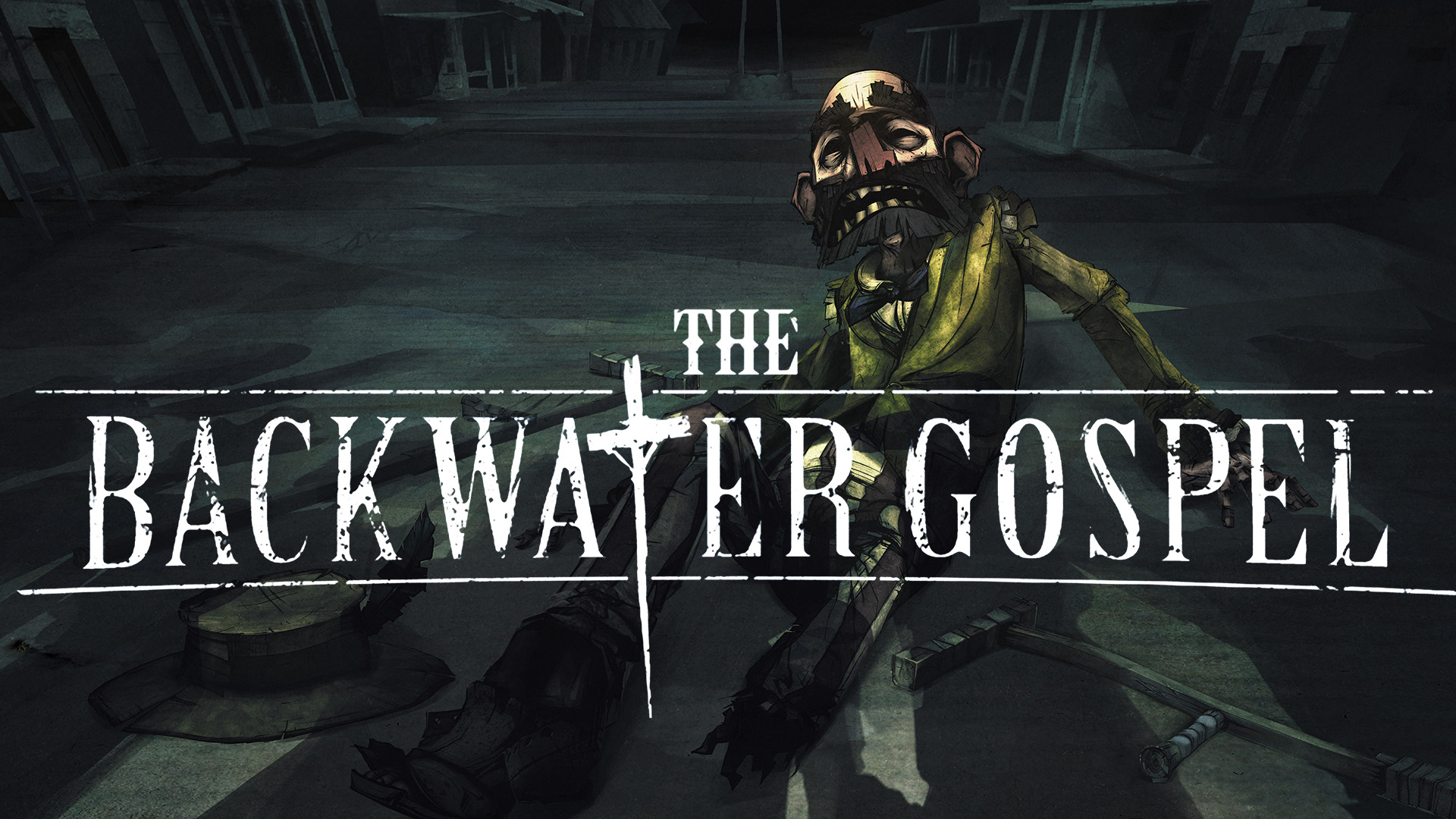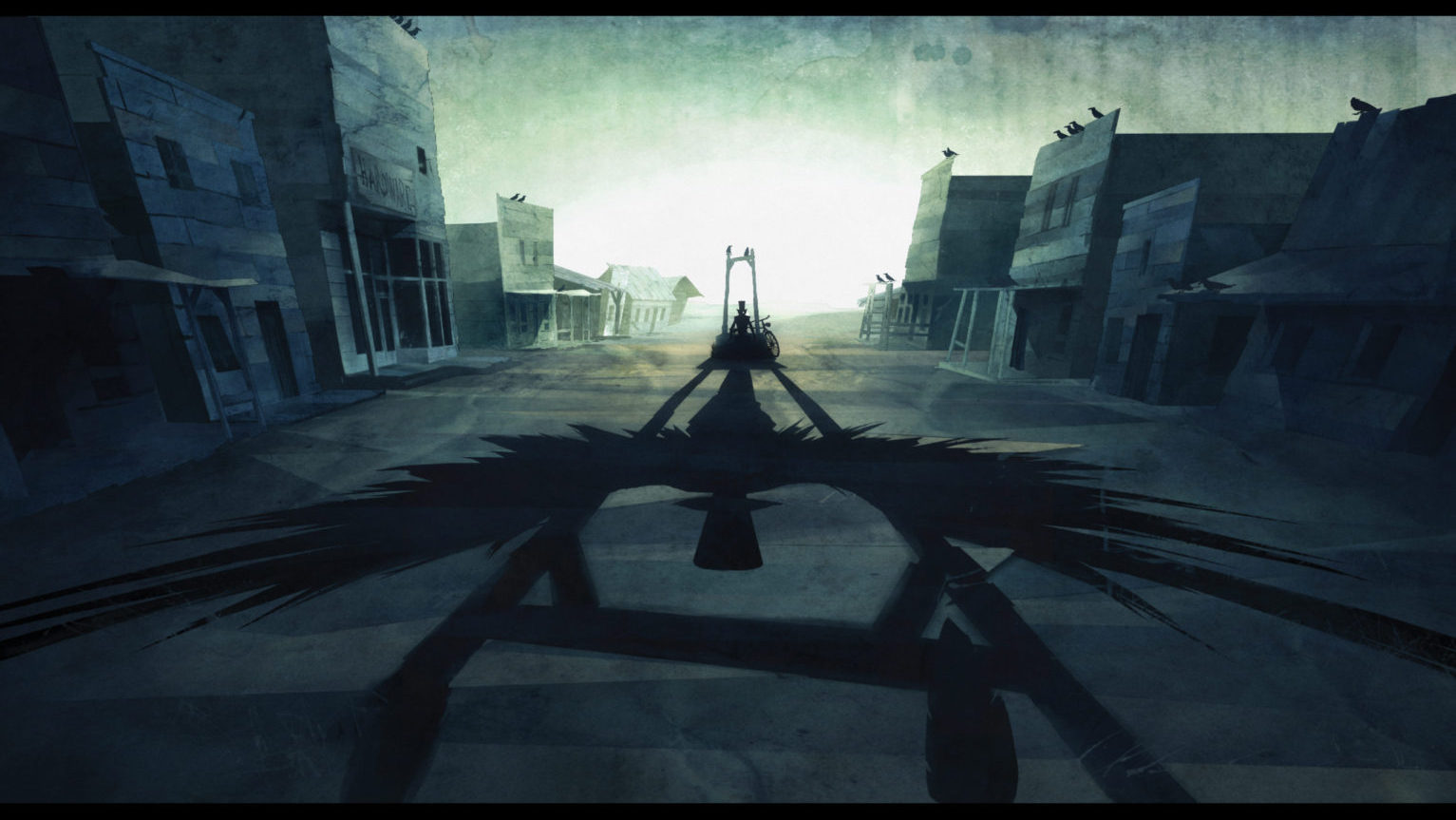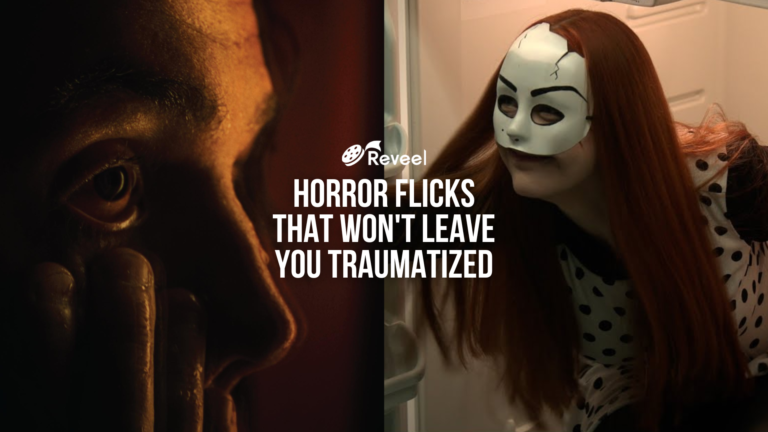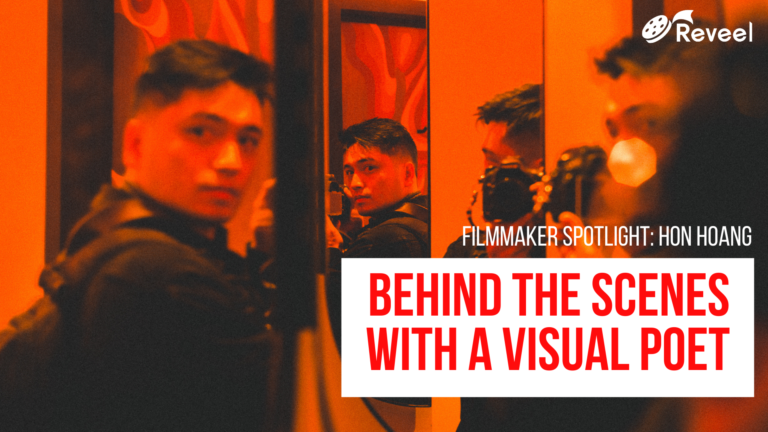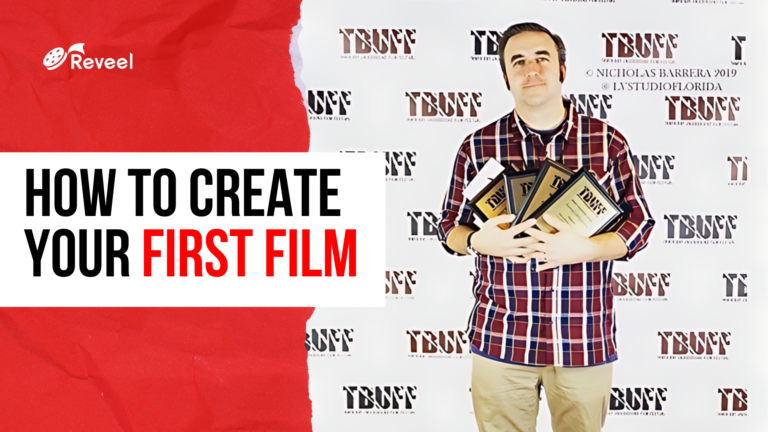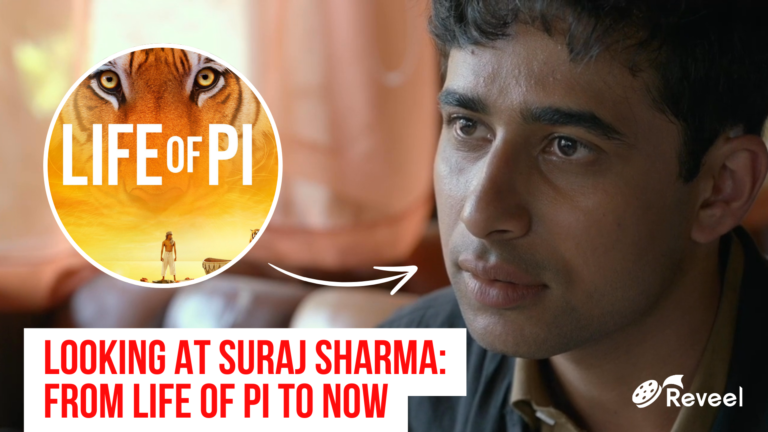The town of Backwater is cursed by regular visits of The Undertaker and one day the town decides help death along. Watch The Backwater Gospel now on Reveel
Over a decade ago, a groundbreaking short film titled ‘The Backwater Gospel’ (2011) captivated viewers with its unconventional artistry and profound symbolic depth. This cinematic gem left audiences in awe of its singular vision. From its inception on the written page to its realization through intricate animation techniques, we had the privilege of interviewing the mastermind behind this influential work, Bo Mathorne, delving into the intricate process that brought ‘The Backwater Gospel’ to life.
1. Can you tell us the story of The Backwater Gospel in your own words?
The Backwater Gospel tells the story of the small Dust Bowl town Backwater, an impoverished community teetering on the brink of desperation. Riding through the cursed lands on a rickety bike is the ominous figure known as The Undertaker, a mythological presence that always precedes the imminent death of someone in his vicinity.
The Backwater townsfolk look to the local minister for solace, but his fire and brimstone ridden sermons seem to offer none of the kind. The minister’s rule is consistently challenged and ridiculed by The Tramp, an outcast living in the wreck of an old car and the only person in town who doesn’t attend mass. The Tramp happily points fingers at the futility of The Minister’s promises and the tension between the two is tangible.
During a Sunday sermon, The Undertaker pays Backwater a visit. In panic, the congregation flees the church to hide away in their homes, expecting death to strike at any moment. But to the bewilderment of everyone, death does not occur and The Undertaker lingers around by the dried up well in the town square. Seven days pass and the tension causes the townsfolk to grow ever more paranoid, ever more unhinged.
When The Minister calls for the Sunday sermon, he finds a congregation very much thirsting for resolution. And his solution is clear: the Lord has called upon them to rid the town of the blasphemous Tramp and The Undertaker is awaiting his death.
The enraged crowd descends upon the crippled Tramp and stones him to death. But as The Undertaker fails to respond and thunderous, flood-like rain bursts from the heavens, the town descends into utter madness and a clamorous and beastly fight lays waste to the entire population.
Under a sparkly rainbow, The Undertaker rises from his seat and whistling an old tune he measures out the fallen as the sun shines with renewed strength on the now desolate town.
2. How did you come up with the idea behind The Backwater Gospel?
Inspired by the music of two bands in particular, Sons of Perdition and Those Poor Bastards, I was experimenting with a different approach to making digital 3D animated characters that attempted to capture the roughness and sarcastic darkness that drew me into their music. I first created a character that was meant to embody the distorted voice of Those Poor Bastards’ front man Lonesome Wyatt, a dark twist on the classic Norman Rockwell hobo that would eventually evolve into The Tramp.
With no grander inspiration than it seemed appropriate, I made a vulture-like undertaker character to accompany the hobo. In conversation with a good friend (and later art director on the project) I blurted out that the undertaker should always arrive before death and that sparked the initial idea for the universe. Pondering the mythology that would surround such a character I started wondering what would happen if the grim promise one day didn’t come true.
Heavily inspired by the eclectic mix of Western and Old Time Religion found in The Sons of Perditions’ music I started fleshing out the universe and story and when I eventually managed to condense the conflict into The Tramp and The Minister I felt I had a story that could be told in an animated short film.
3. You not only created a whole new story but an entire new world! What was your approach to creating the lore, town, and characters?
The central pillar of the universe was The Undertaker and rest grew out from him. I knew I wanted this universe to have strong religious overtones and a heavy reliance on biblical symbolism. I had always struggled with religion in my personal life and found myself drawn again and again to art with strong religious influences.
Once the basic plot pieces were laid out I spent a lot of time looking for biblical – especially Old Testament – imagery to bolster the story as well as looking to great movies like Once Upon a Time in the West and There Will Be Blood who similarly weaved narratives of suspense and slow building tension.
When we started boarding the short we realized that an effective tool to condense the storytelling was relying on well established tropes and archetypes, hence the on-the-nose design of the characters, the looming presence of the careening town church, the Angel of Death wings appearing in the shadow of The Undertaker.
The story was ambitious for a short of less than 9 minutes so for long into the development of the animatic we struggled with achieving clarity and understanding from the test audiences. The prologue scene that had to establish the mechanics of The Undertaker was stripped to its bare minimum and I wrote an early version of the song that would play a central role in both establishing the universe and the character of the tramp.
During this process we also realized that a certain restraint had to be shown when incorporating biblical imagery; clear and well-understood symbols like the cross and the flood helped facilitate audience understanding, but more obscure imagery – like a reference to the golden calf – only left the mostly secular audience more puzzled.
4. The film has a very unique animation style. How did you come up with and develop that style?
I have always enjoyed heavily stylized takes on 3D animation and had long been looking for ways to loosen up the rigid production pipeline and the “solidity” that is central to a lot of 3D animation. I had done small experiments with pulling drawings into a 3D scene and carving out just enough geometry to fake a surprising sense of depth in the otherwise clearly hand drawn illustrations.
Coming from a background of character art for video games that at the time relied heavily on distinctly hand painted textures to compensate for the simplicity of the 3D geometry of the day, I tried to combine the two by “reversing” the traditional 3D pipeline. Instead of carefully building the 3D geometry and then painting textures on top, I drew disparate pieces of a character in Photoshop and imported into my 3D software where I began cutting and stitching the parts together, as one might do in a collage.
The results received a solid amount of positive feedback and I knew this was something to explore.
5. What is the main message or commentary you were hoping to convey with The Backwater Gospel?
I certainly didn’t want it to be one of “religion is bad and religious practitioners are evil” (which is probably why I got greatly excited when I one time found the short discussed in very positive term on a Christian forum) but more so a statement against dogmatic thinking, mob behavior, and power based on fear.
6. What was the most challenging aspect of making this animated short?
As mentioned already, the sheer scope of the story and the very limited duration we could produce caused great friction. There were times more than halfway into the 10-month production where I severely doubted we’d be able to tell the story in a comprehensible way and it ultimately wasn’t until I heard the audience laugh and wince at the appropriate moments that I decided we had been at least somewhat successful.
7. How important was the soundtrack in creating the darker tone for the film?
The music played a foundational role in the project as a whole, not least due to the involvement of Zebulon Whatley, the mastermind behind Sons of Perdition, throughout the development. I had reached out to him during the very early stages when the film was nothing but a few notes and the two characters developed to explore the style, and in what continues to be one of the most festive moments of my career he wholeheartedly opted in on the project. Since his music and writing had been such a key inspiration to the project, getting him aboard was perhaps the earliest sign of the short’s success.
Apart from assisting with the idiosyncratic details in the story and dialogue (him being small town Texas born and raised where I was born and raised in Denmark) the music he wrote gave the short a real sense of place and personality and I think in many ways elevated the film to a more poetic level. And the hugely popular song about The Undertaker proved exactly as catchy and timeless as I could have possibly wished for.
8. The film has accumulated millions of views on YouTube. Did you ever expect it to reach and resonate with that large of an audience?
The music that originally inspired the project is fairly niche so in that regard the wideness of the short’s appeal has surprised me. From the early feedback on the initial 3D characters, Zebulon’s involvement in the project, and a certain sense of things coming together in quite profound ways towards the end of the development, I at least felt we had a chance at reaching something significant.
And one can probably argue that if there ever was a topic that would get the comment section going, religion and the church, probably not bad picks. But we certainly did not expect it and even less so did I anticipate the continued interest in the film. Comments are still written on a daily basis on YouTube, 13 years after the initial release.
9. What have you been up to since The Backwater Gospel was released in 2011? Do you have plans to create more animated shorts or features?
After the short film was completed and I graduated from The Animation Workshop, I took on a wide variety of freelance work before returning to video games as art director of a Danish game studio. After leaving this job in 2018 I delved into animated shorts again, making a small project for Hulu and a music video for Jedi Mind Tricks.
I got started on a new short film about a quantum physicist struggling to accept the death of his only child, but eventually got sidetracked from this project by a good friend of mine suggesting we’d team up and make a mobile game together. We eventually sold the game to a publisher and we continue to be part of the ongoing development and maintenance process.
I still find myself thinking in animated images often and while I’m a staunch believer in the storytelling potential of video games I’ll insist some stories and emotions are better explored in a more linear medium. I never liked when games get too cinematic or lean too heavily into a movie inspired narrative flow, so I struggle with finding stories that would work well in a video game context.
I think what ultimately draws me to video games over animation is how video games are developed to be products sold on a market place. Most of the financially viable ways of doing animation is dependent on a client, government funding, or the content director of a large entertainment platform, with ad-funded solutions like YouTube not working well for the slow, labor intensive animation medium.
For all my love of animation (and film in general) I haven’t found a way to work with it that fits my ambitions of financial independence and creative ownership. Games at least appear to offer a path and I’m fairly confident that I’ll work out ways to explore the topics and emotions that fascinate me in this medium, even if I still tend to think in motion pictures.
The town of Backwater is cursed by regular visits of The Undertaker and one day the town decides help death along. Watch The Backwater Gospel now on Reveel
………………..
All-Time Popular Blogs
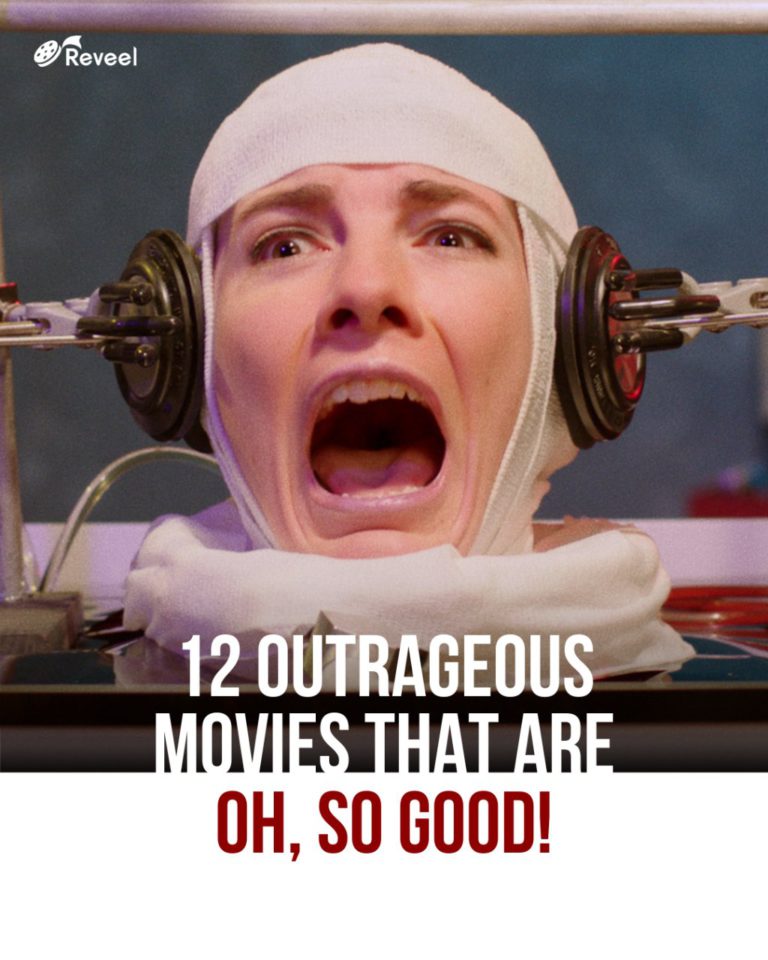
12 Horror Movies So Ridiculous – Ridiculously Good
We all know the allure of a good guilty pleasure flick — movies so ludicrous and outlandishly executed that we can’t help but be bowled over by the audacity. Welcome...
Read More
Best Free Filipino Movies You Can Watch Right Now
“There’s always a Filipino somewhere” is a well-known fact, and it’s true even in streaming platforms. Of course we have some right here in Reveel. From the adrenaline-infused streets of...
Read More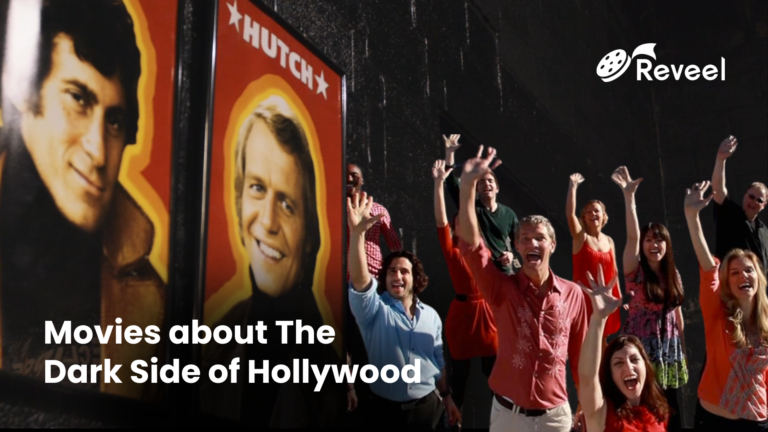
Movies about The Dark Side of Hollywood and Fame
The darker side of Hollywood—the side rife with scandal, exploitation, and the unyielding pressure to remain in vogue—is a tale as old as cinema itself. Yet, these stories never fail...
Read More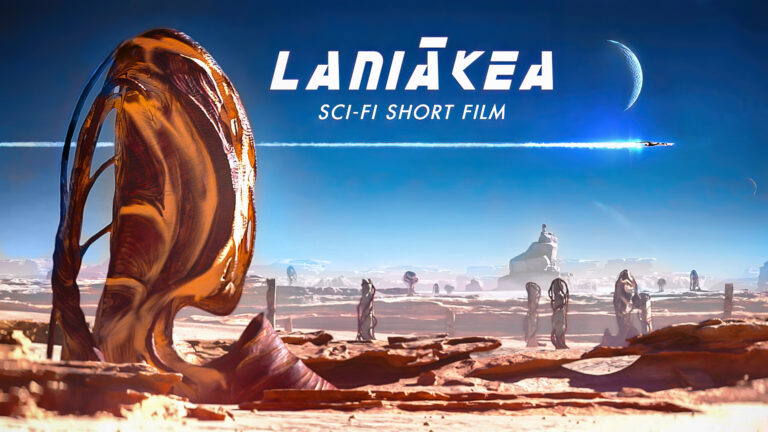
Reveel Interviews Dima Taran: The Filmmaker Behind The Animated Short ‘Laniakea’
What if we are alone in the universe? This question is at the core of the short film Laniakea. Originally created as a college project by Dima Taran, the film...
Read More
5 Best Animated Short Films To Watch For Free On Reveel
Sometimes the best stories aren’t the longest, they are the shortest. Short films have perfected the art of telling a captivating story in just a few minutes and animated shorts...
Read More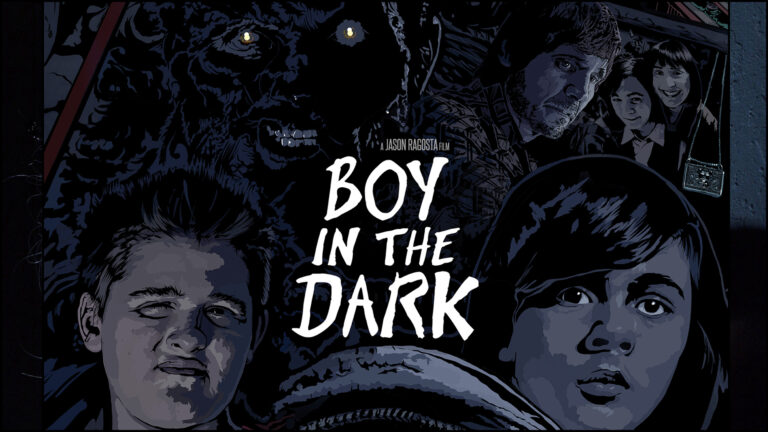
Reveel Interviews Jason Ragosta: The Filmmaker Behind The Short ‘Boy In The Dark’
Most, if not all, children had night terrors growing up. Some would hide under the covers. Others would yell for their parents. Kid-version Jason Ragosta, screenwriter and director, decided to...
Read More
